Our guide Mathieu grew up in a village called Thaon, about halfway between Juno Beach and Caen, and to start the day he showed us his childhood home, his parents’ house, and later in the day, his grandparents’ home. The real reason for showing us his family home was to reveal to us the gratitude that the citizens of this entire area exhibit for the soldiers of Canada.
Canadian flags amd memorials are literally everywhere. Almost every intersection has a flag and several photos of soldiers and street scenes from June and July 1944. The Canadians suffered casualties on the beach, and advanced quickly towards Caen. Unfortunately they encountered fanatical Hitler Youth troops a couple of days later and became mired for six weeks, advancing and retreating, with heavy losses. The entire area was very badly damaged by bombardments and street fighting. Today, buildings that weren’t totally destroyed and subsequently replaced display bullet and shrapnel damage.
The people here have not forgotten, and they enthusiastically display their appreciation.
The dunes at Juno Beach are relatively flat compared to the cliffs at Omaha Beach. Suffering heavy losses, the Canadians silenced the gun batteries within the first two days, and began to advance inland. At the beach entry point at “Canada House”, wonderful photos show proud Canadians escorting lines of German prisoners. Otherwise, the entry point is very low key. There is a monument surrounded by flags of all the participating countries, and plaques on the various German bunkers. Canada House is maintained as a meeting point for visiting dignitaries.
The Canadian Normandy Cemetery demands sombre and subtle respect. The land on which it sits has been gifted by France to Canada*, and two perfect maple trees at the entrance and throughout the cemetery welcome visiting Canadians to help them feel ‘at home’. The graves are in neat rows, with flowers in abundance between the stones, chosen by the families and friends of the soldiers buried there. That is, a rose bush beside on gravestone, then perhaps poppies. It’s random, as are the placements of the neat rows; not as controlled or manicured as the American cemetery. Not better, just a different approach to building these memorials, as pointed about by Mathieu. Additionally, the Canadian and British governments’ approaches to burying their dead was to bury ”companies” together, close to where they had fallen, so soldiers from the came company are buried together. There are a number of Canadian and British cemeteries throughout France, near where soldiers had fallen in battle. The American approach was to bring soldiers from across France to the huge American cemetery; soldiers from the same company aren’t necessarily buried with their fellow soldiers. Again, “not better, just different”. Two entry buildings store the index registers, a monument at the centre pays tribute and a small chapel is available at the far end. The cemetery is at the top of a hill with a panoramic view of the Norman countryside. We both loved the ‘organic’, quietly respectful, very personal feel of this beautiful site. By the way, there are 9 sets of brothers buried in this cemetery. I cannot imagine the grief of their families.**
Caen was finally liberated in early August 1944 by Canadian and British forces.
A bit east of Canada House and back from the shore is Juno Beach Centre, a museum dedicated to the Canadian contributions to the Normany battles. The museum opened in 2003 and is full of history, explanations, stories, artifacts and movies. There is nothing quite like it in the D-Day beaches area.
Mathieu was proud to show us his ‘secret’ church, an 11th century long-abandoned structure in the middle of a forest. A private home shares the valley setting, with a babbling brook meandering through. Cars can get to the house on a private road, but we wandered into the setting on a wooded path. It was a pretty special moment in what was to be a very sombre day, what with the cemeteries, and then the atrocity at Ardenne Abbey.
Mathieu then took us back towards Caen, and we stopped at the Abbey d’Ardenne, the site of the massacre of 20 North Nova Scotia and Sherbrooke soldiers by the German SS. As we were getting out of the car we were greeted with the sounds of a bagpiper, practicing in the parking lot. Despite the fact that he had the Nova Scotian tartan tied to his drone, as John found out he was French and appreciated being able honour Canada in that way, among other places where he goes to practice.
An outdoor memorial at the Abbey decribes the event. Unfortunately this wasn’t the only example of Nazi atrocities against Canadians in Normandy. It’s estimated that one out of every seven Canadians killed in Normandy from June 6th to 11th was not killed in combat but was executed as a POW (strictly against the Geneva Convention). Of course, we have to believe that the Germans were not the only ones defying that convention.
Mathieu took us back to Caen and gave us a quick walking tour of centre-ville. Caen was virtually destroyed and painstakingly rebuilt using photographs and records. The two big cathedrals and the castle were damaged but restored although the bullet and shrapnel marks remain on their walls. (An intentional choice.) Most of the city is fairly new construction, but manages to maintain its old character. Indeed, our second night in Caen was the celebration of the 1,000th birthday of the city. We ventured downtown about 8:30 and could not believe the crowds. We couldn’t get cose to the main square, but according to the news the next morning the parades and shows were fantastic.
We had a little bit of drama as we headed out to dinner. John couldn’t find his wallet. We looked everywhere. The last time John remembered using it was out front of the hotel, gathering together the cash for a tip for Mathieu. The wallet had to be sitting on one of the restaurant tables next door. A panicked dash down to the sidewalk revealed no wallet – but – the owner of the restaurant had noticed it and saved it behind his bar. OMG! Big hugs for him, and we quickly changed our dinner plans and ate at his establishment. To our delight, his food was delicious, and we continued to pour heaps of appreciation on him.
So lucky. Once again.
*This is a big deal, i.e. for France to have given the land for the cemetery to Canada. For example, France “allows” the US to use the land for their huge American cemetery but the people patrolling it are not American soldiers, they are French. It’s an American cemetery but it is on French soil. The Canadian cemetery is on gifted Canadian land. It’s an important distinction. As Mathieu pointed out, at this place the Canadian flag actually flies higher than the French flag. Not so at the American cemetery.
** The gravestones indicate the age of the soldier when he lost his life, his regiment and the date of his death (if known), and also, his ‘faith’. (Christian. Jewish. Or, if not specified or preferred not to say, that space is left blank.) The families were encouraged to add a line at the bottom if they wished. (e.g. “In memory of our beloved son Willie. At rest. Father and Mother.” or … “To live in hearts we leave behind is not to die. Wife and sons George and Max.”) It is always so very sad to read “A soldier of the 1939-1945 War. A Canadian Regiment. Known unto God” on the gravestone of an unknown soldier, but heartening to know that he was buried with his fellow fallen comrades.
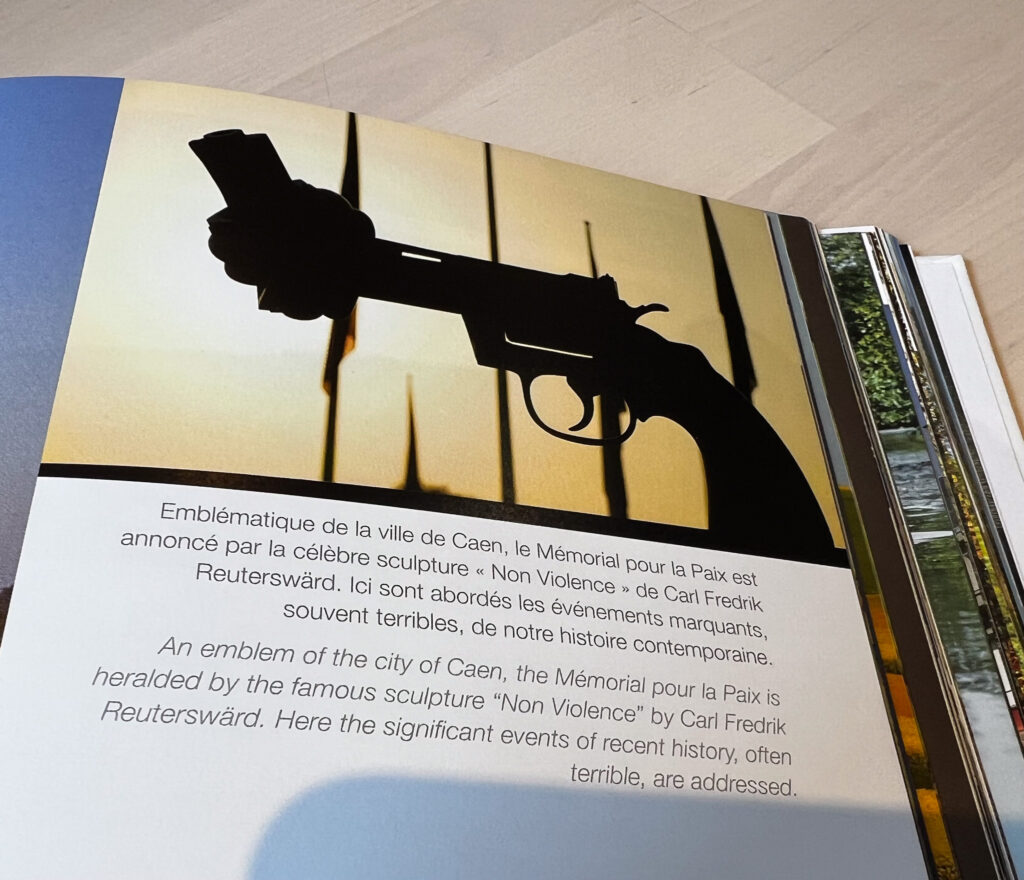
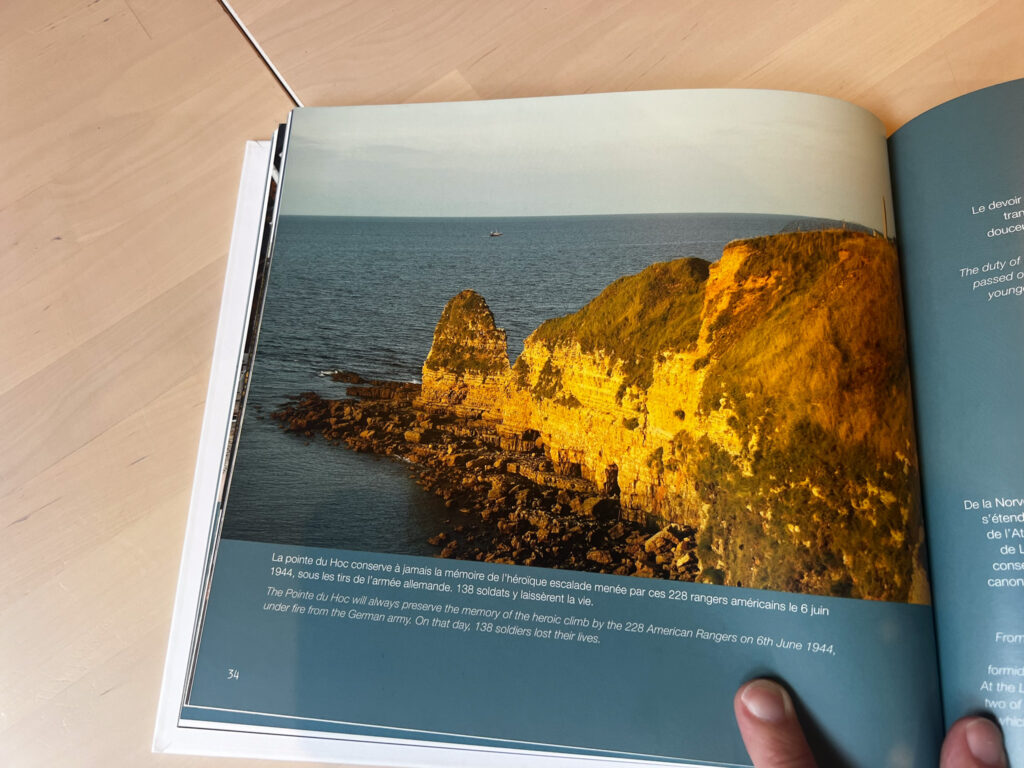
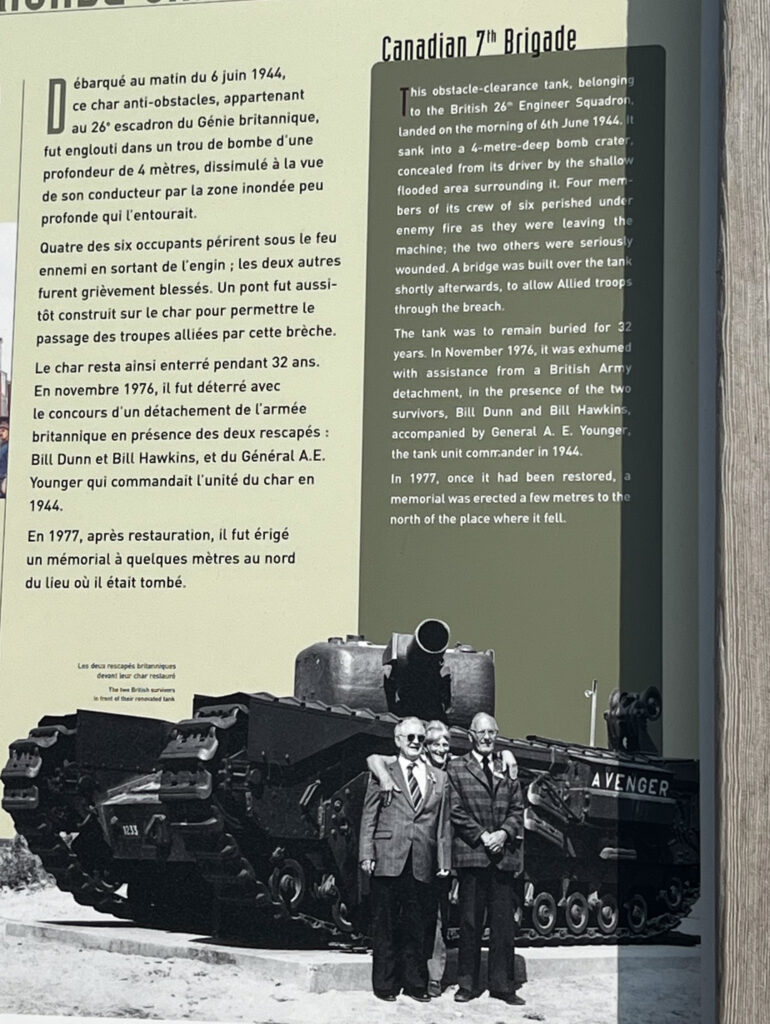


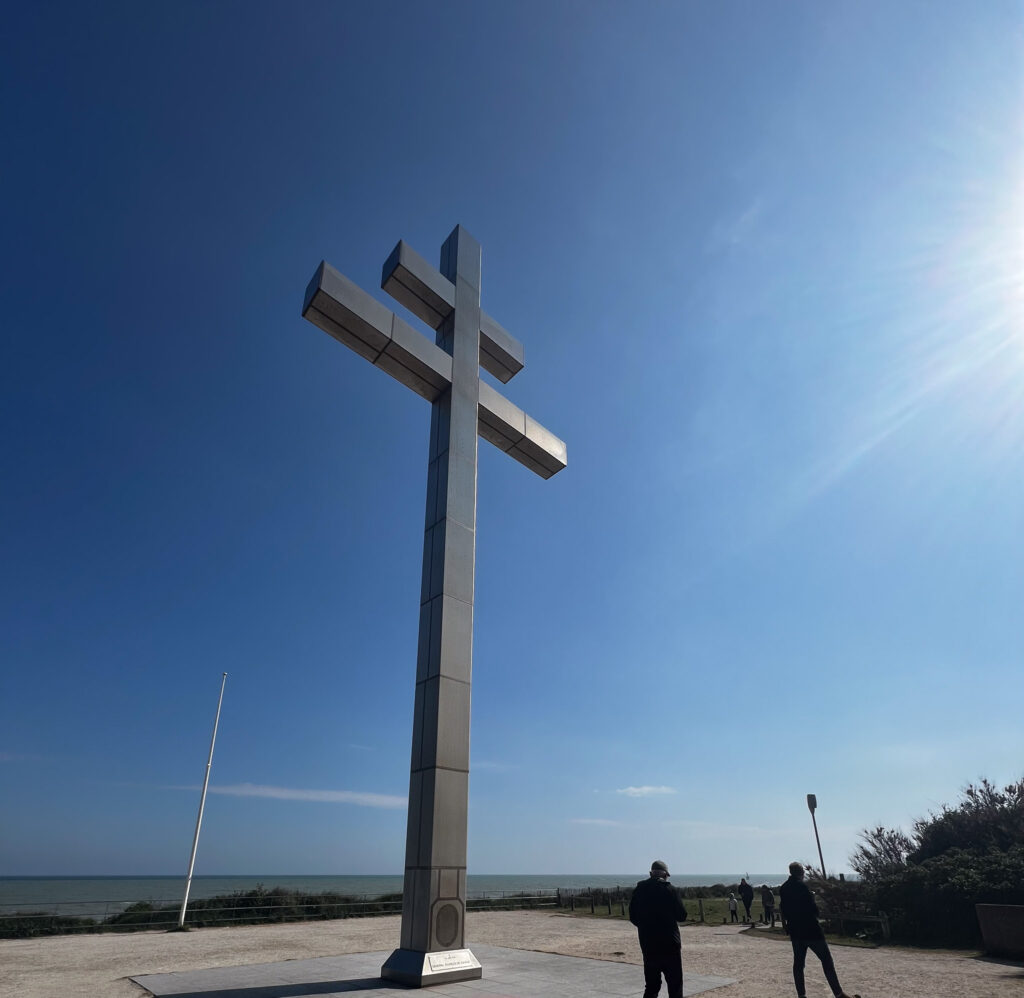
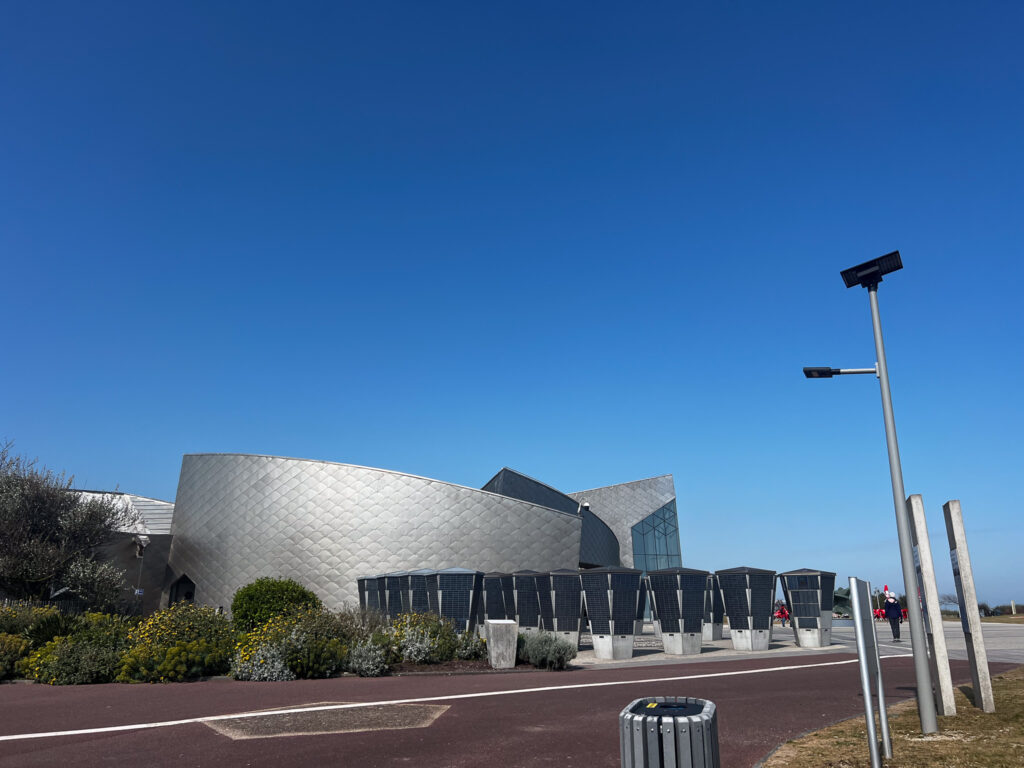
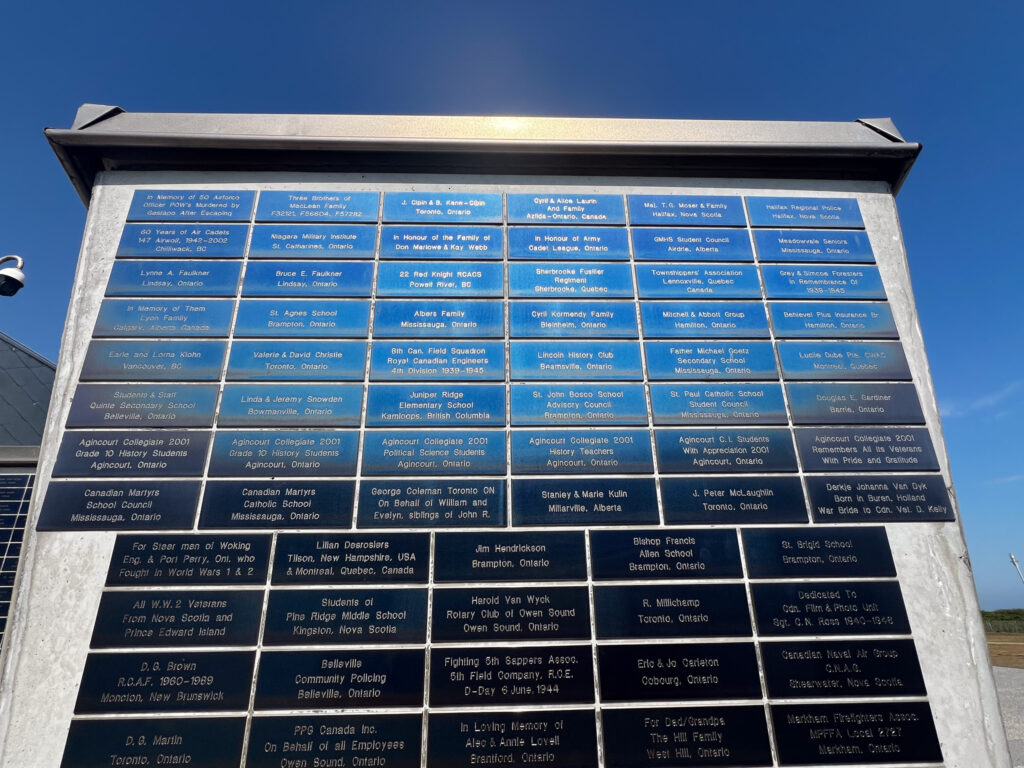

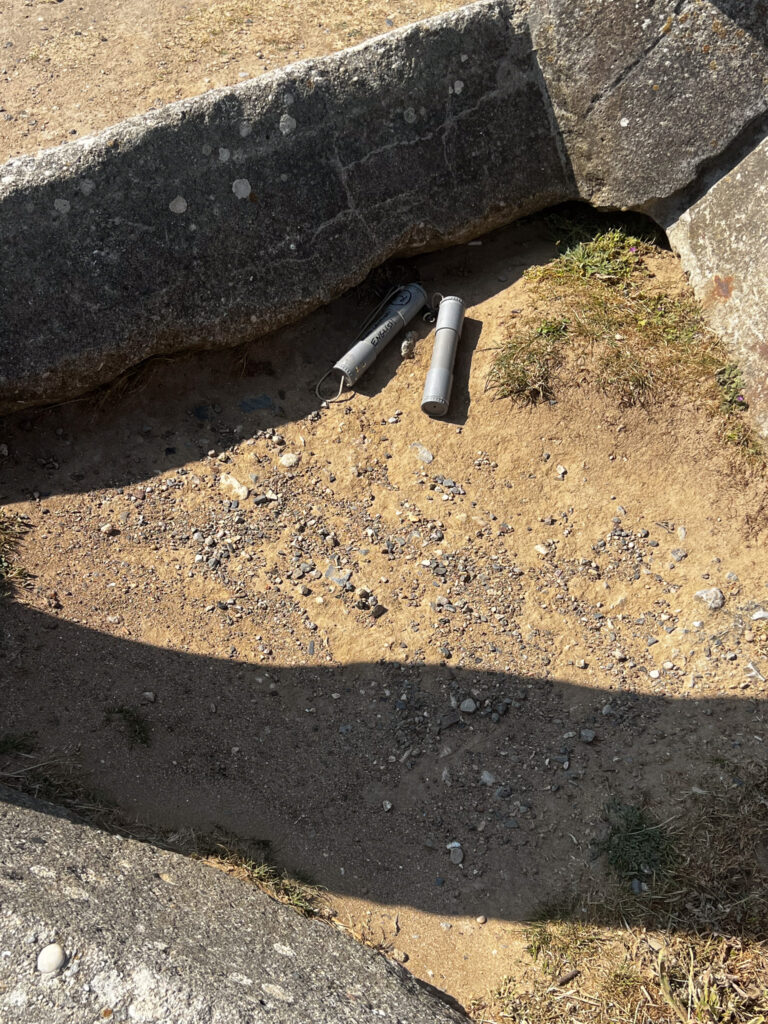
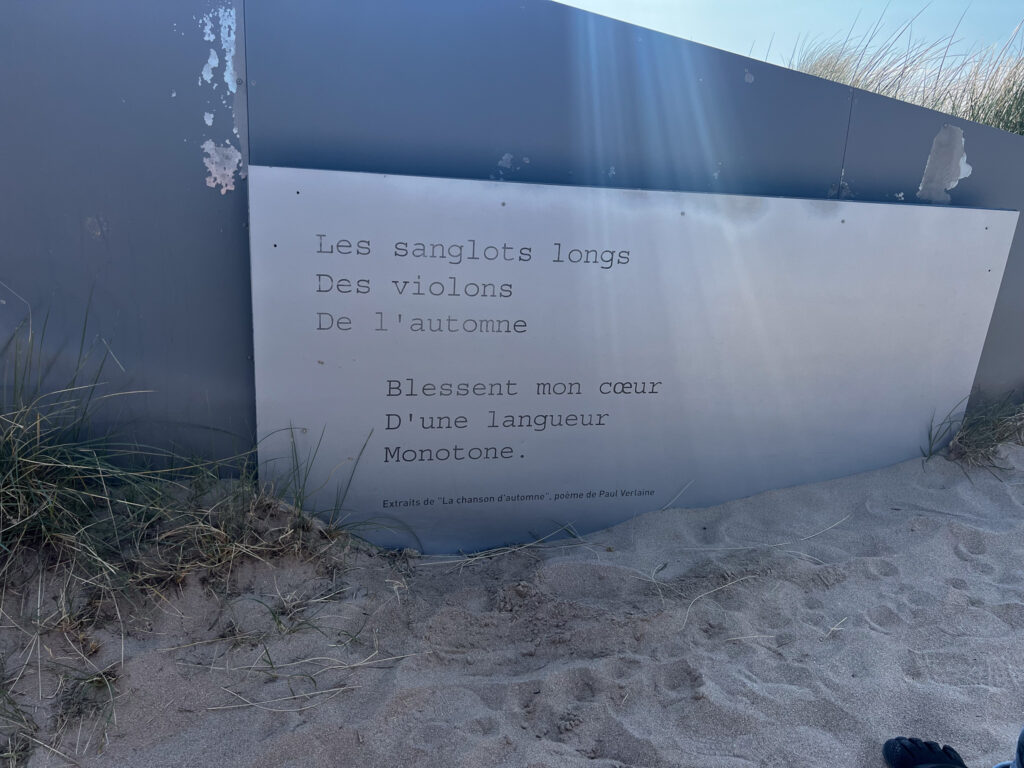
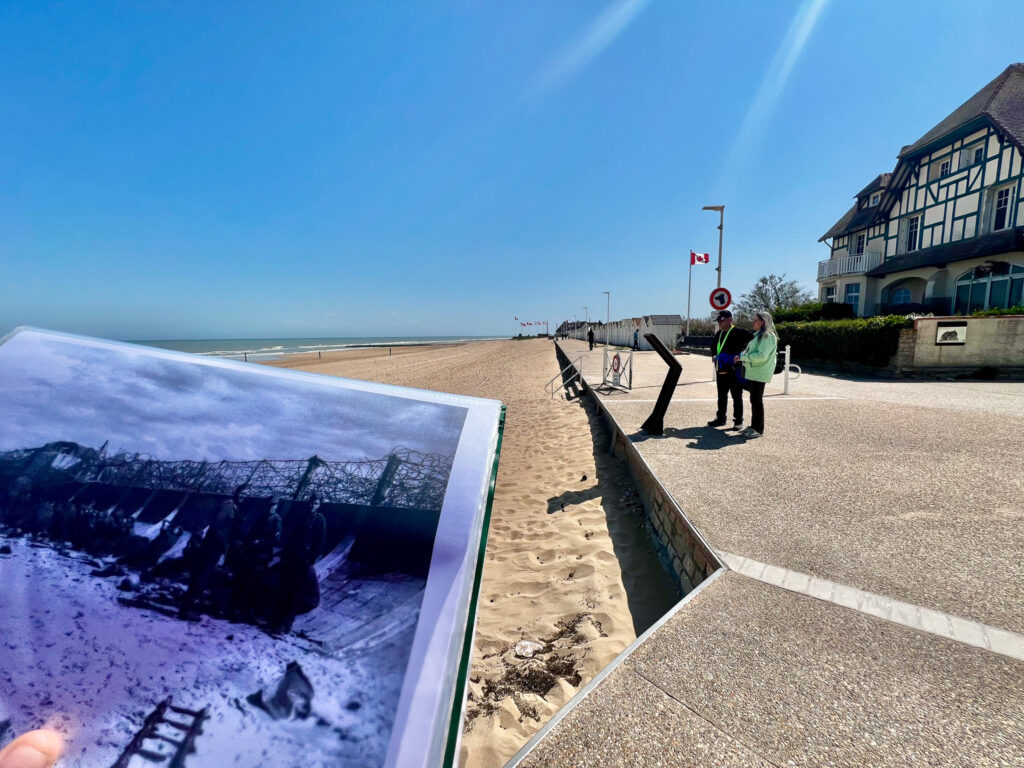

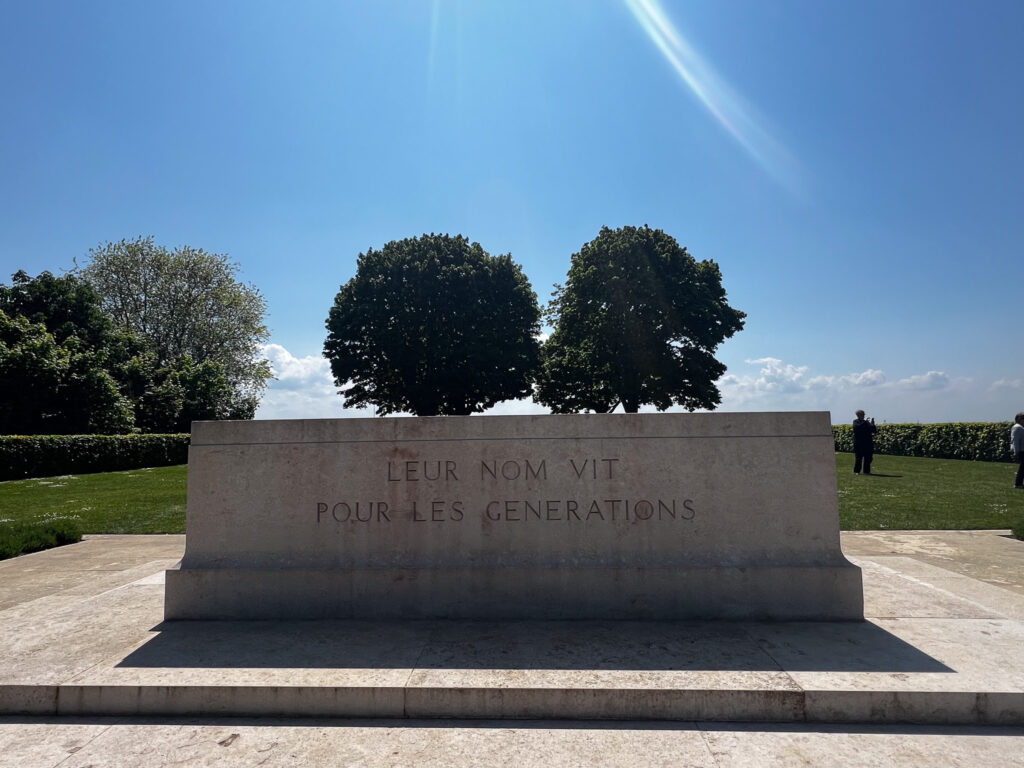
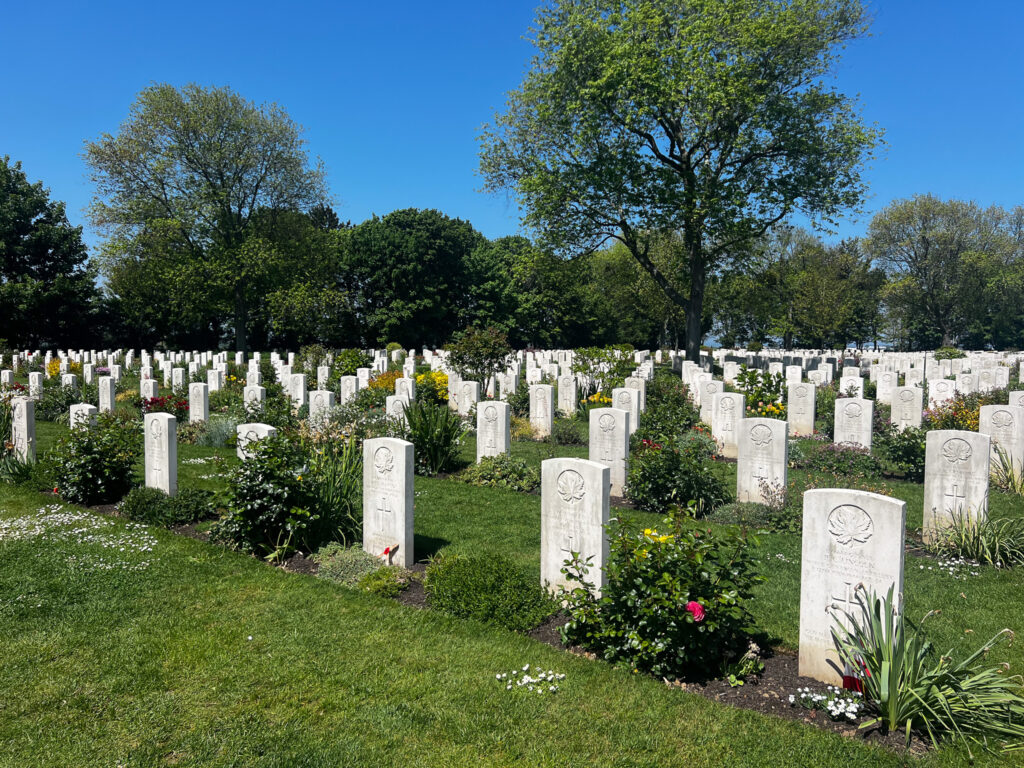
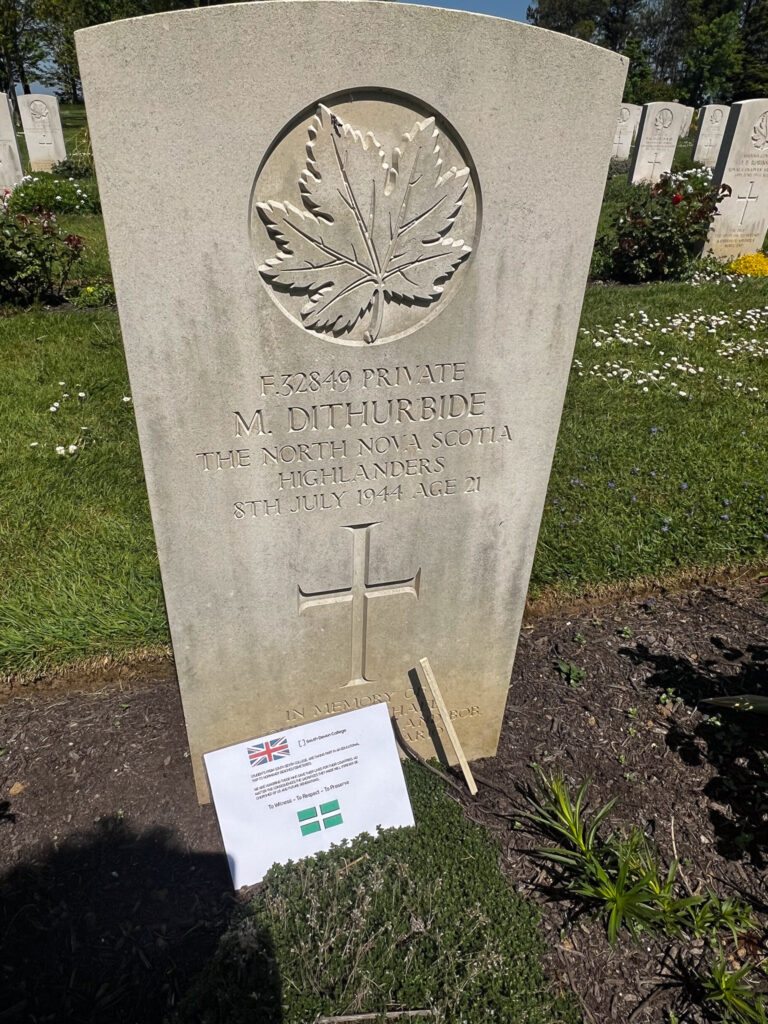

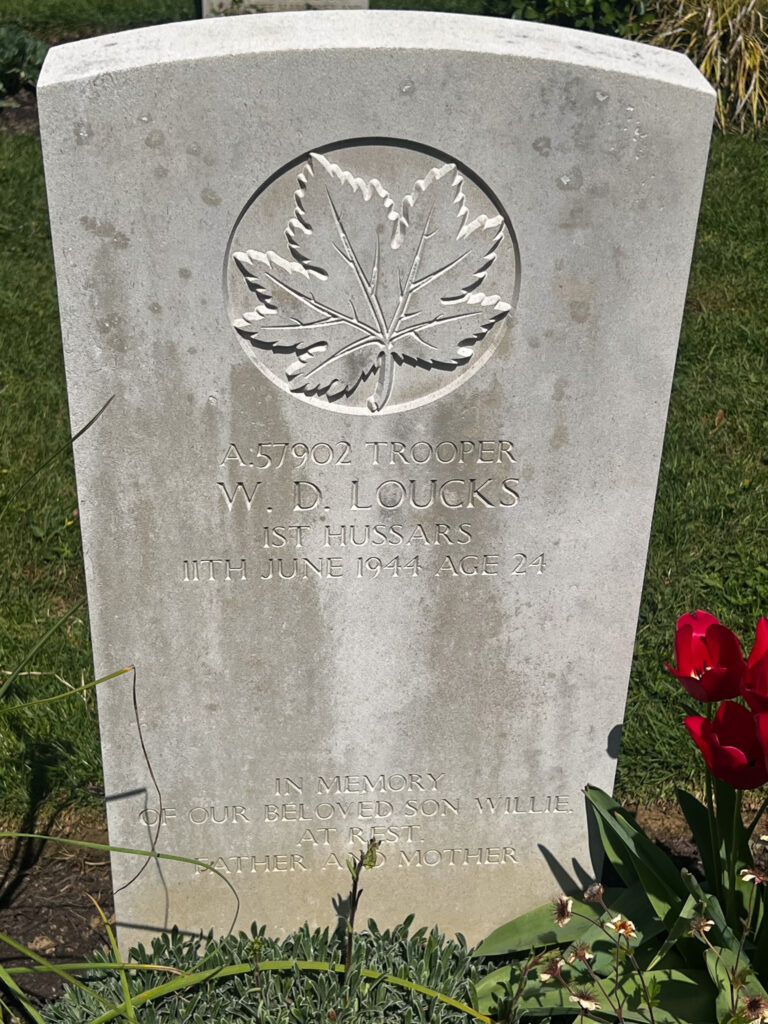
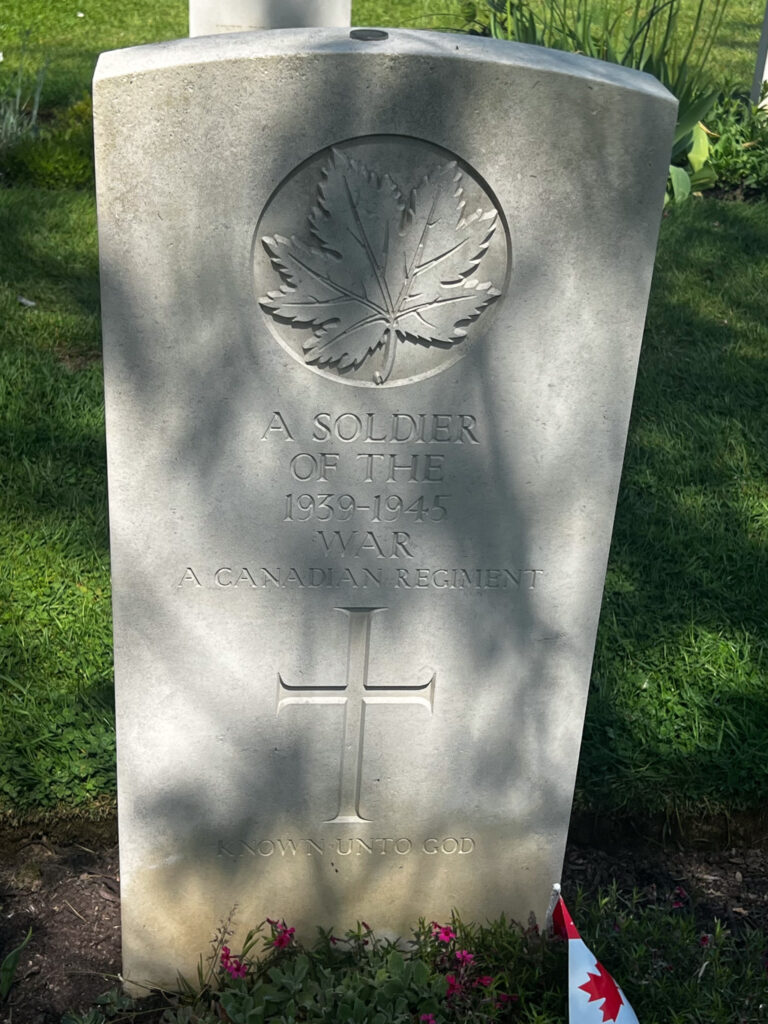

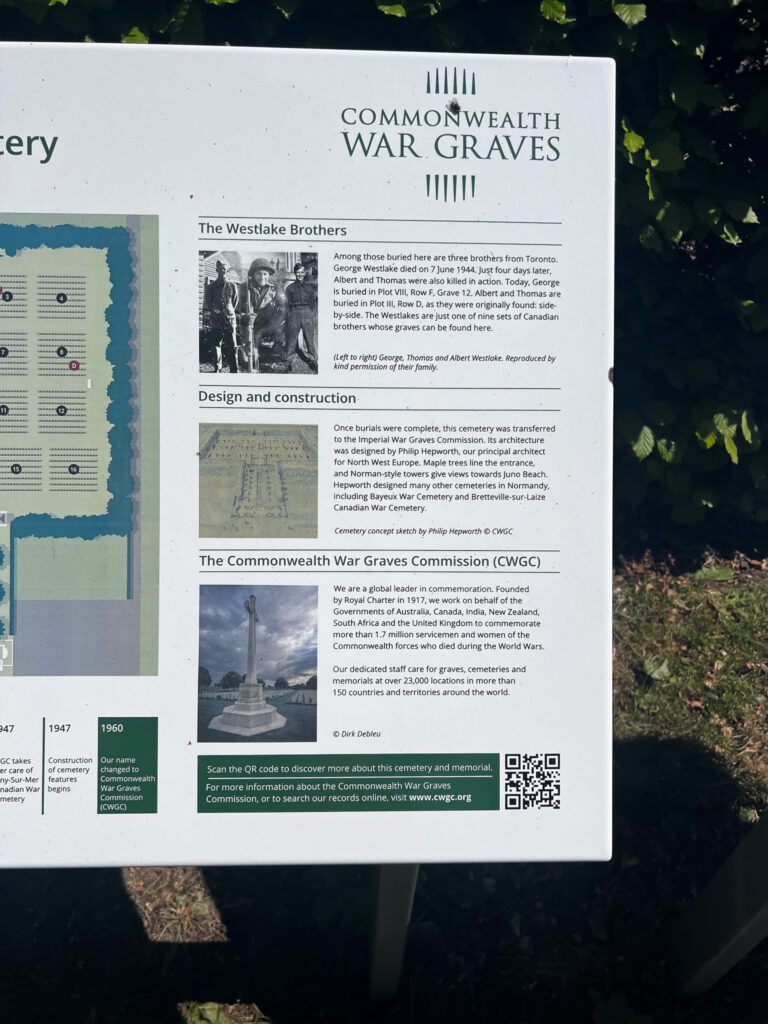


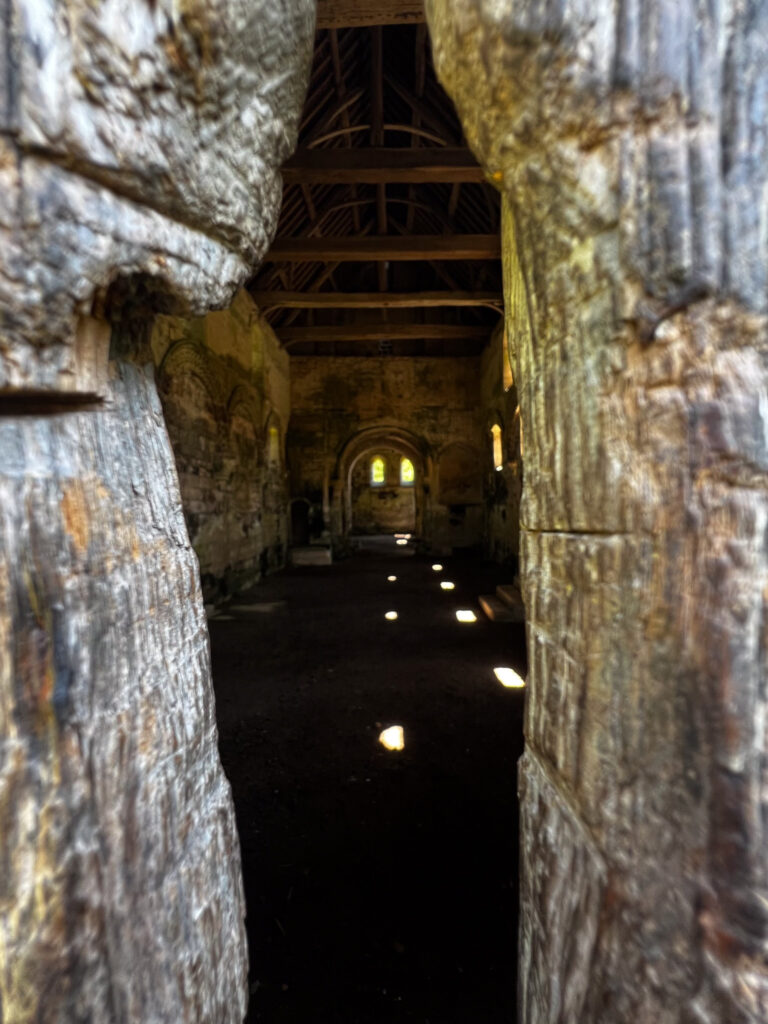
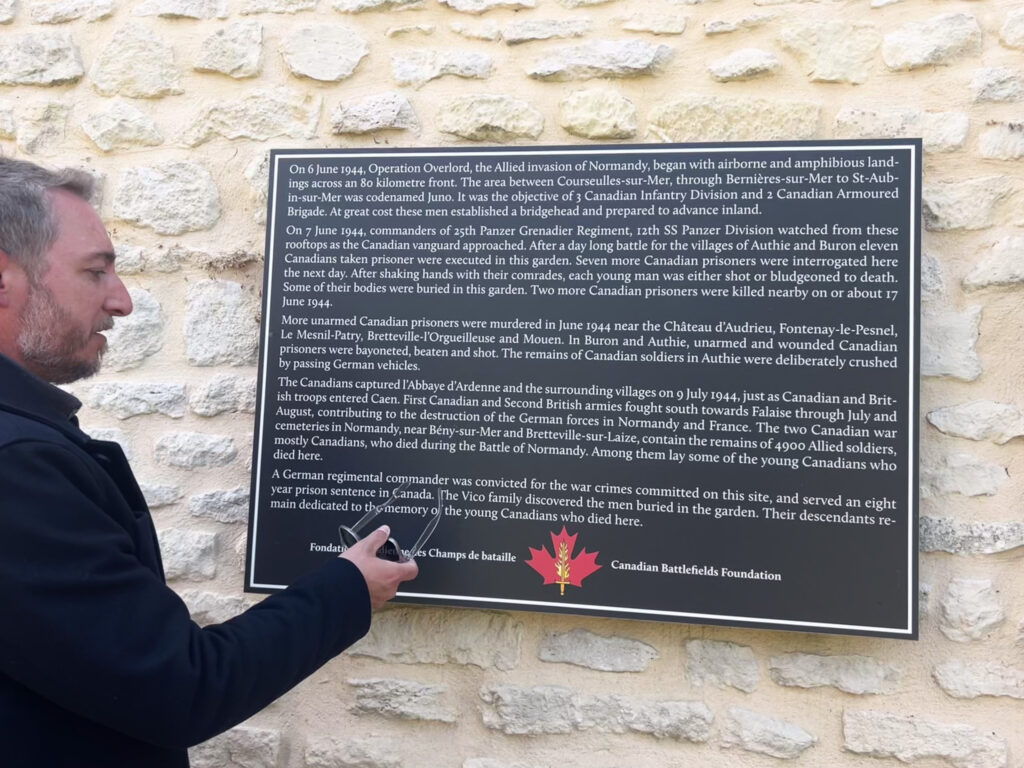
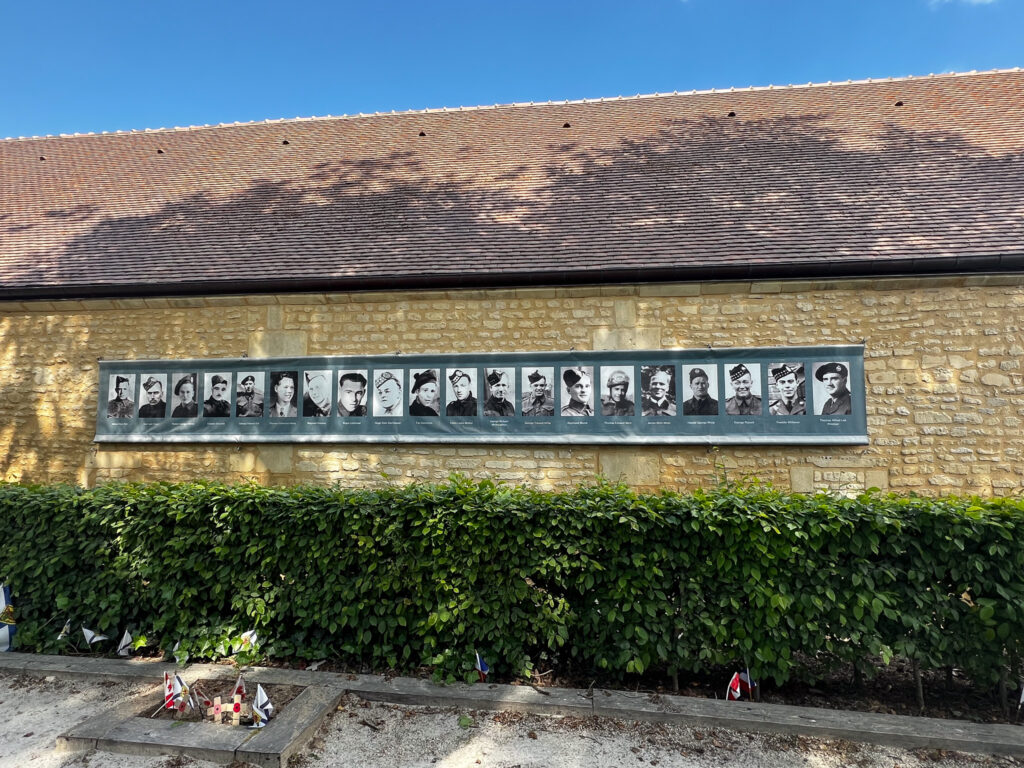

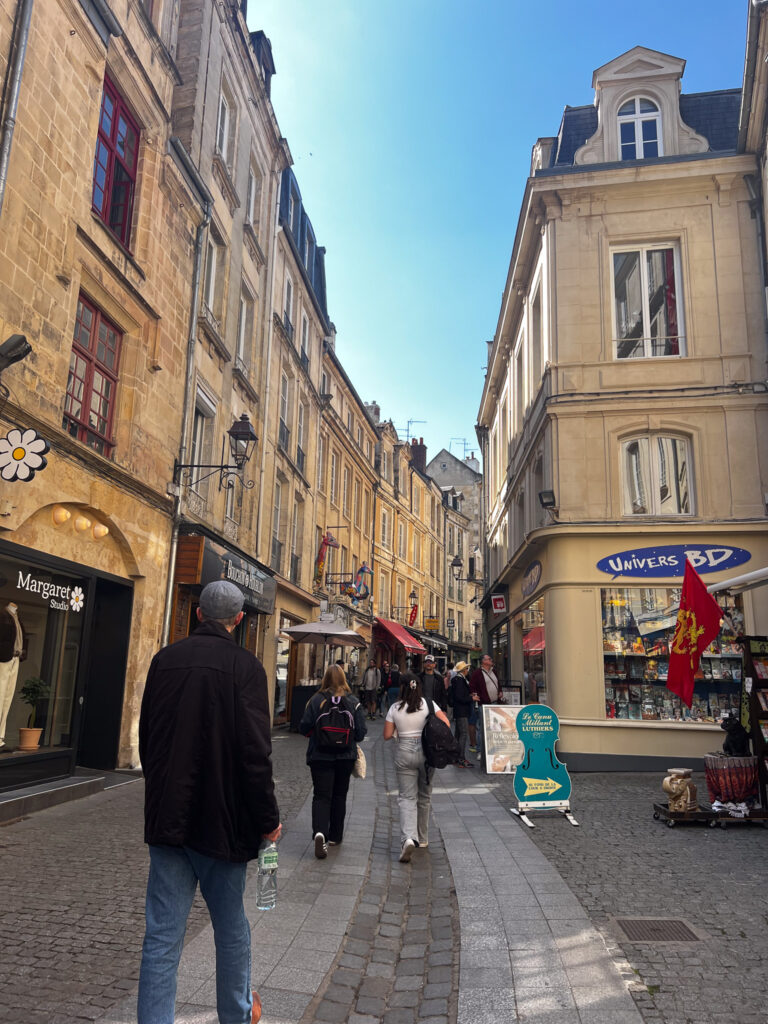
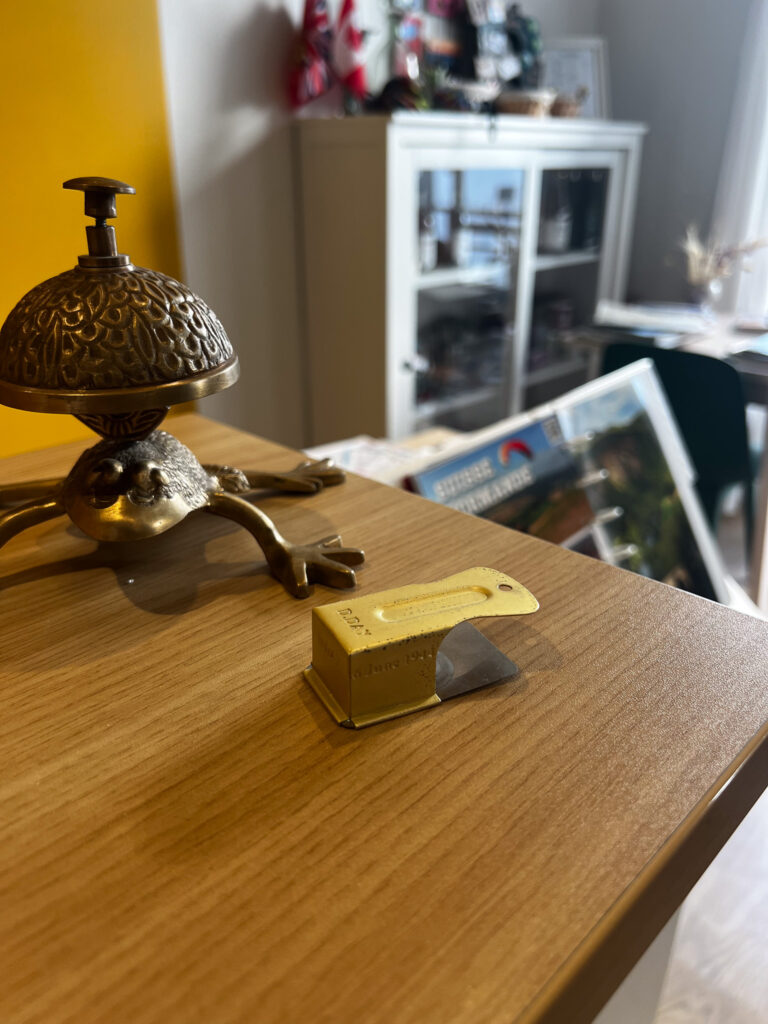
Wonderful detail and movies! Thanks for posting.
0
0
Thank you so much for sharing your experiences so beautifully and detailed. I feel like I’m right along with you on this adventure (but without the exhausting cycling part….LOL.) I can’t wait to read about your experience in Vimy in a few days!
0
0
Goosebumps. Our only hope. Never Again. Bless them all. JC would have loved this!
0
0